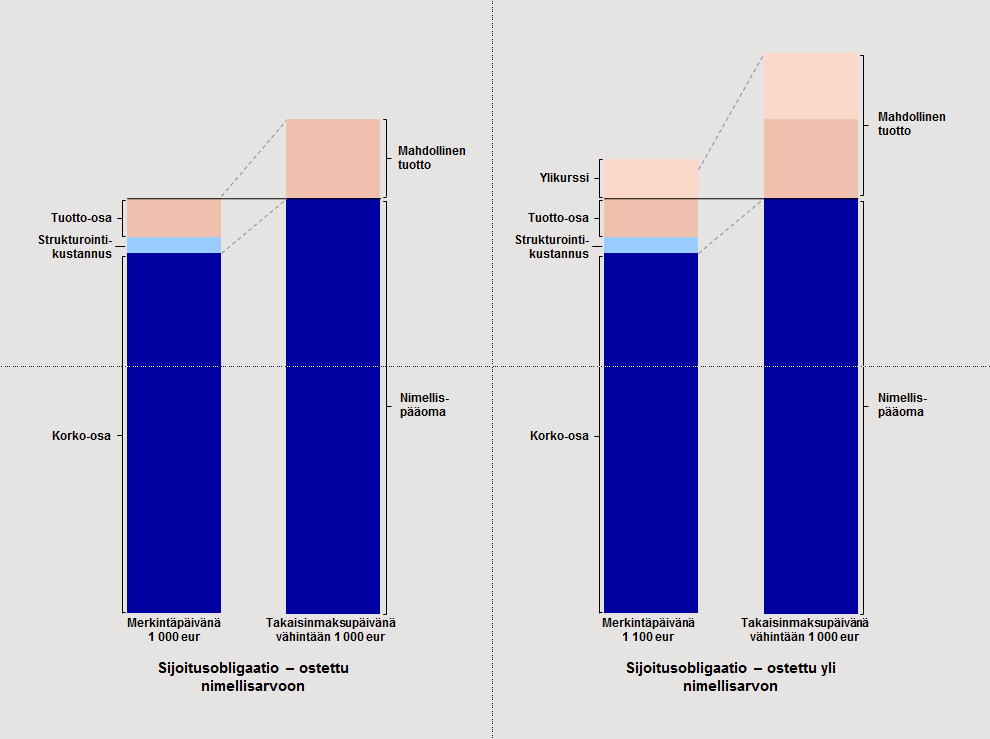Nordea Markets is the commercial name of Nordea’s international capital markets operations.
The information provided herein is intended for background information only and for the sole use of the intended recipient. The views and other information provided herein are the current views of Nordea Markets on the date of this document and are subject to change without notice. This document is not an exhaustive description of the described product or the risks related to it, and it should not be relied on as such, nor is it a substitute for the judgement of the recipient.
The information provided herein is not intended to constitute and does not constitute investment advice nor is the information intended as an offer or solicitation for the purchase or sale of any financial instrument. The information contained herein has no regard to the specific investment objectives, the financial situation or particular needs of any particular recipient. Relevant and specific professional advice should always be obtained before making any investment or credit decision. It is important to note that past performance is not indicative of future results.
Nordea Markets is not and does not purport to be an adviser as to legal, taxation, accounting or regulatory matters in any jurisdiction.
This document may not be copied, distributed or published for any purpose without a prior consent in writing of Nordea Markets.
Applicable additional information when this material is distributed in the United States.
As regards the United States, to the extent that this material includes an analysis of the price or market for any derivative and the exemptions allowed by the definition of research in the U.S. Commodity Futures Trading Commission (CTFC) regulations cannot be applied to this analysis, this material has been prepared by an employee engaged in sales or trading operations and not by Nordea Research. Any views and/or opinions expressed in this material are therefore the views and/or opinions of Nordea’s relevant sales and/or trading unit, and may not reflect the views and opinions of Nordea Research. The sole purpose of this material is to solicit derivatives trading.
None of the presented historical or simulated performances, including back testing, modelling or scenario analysis, is an indication of future performance. The accuracy, completeness or assumptions of any modelling, scenario analysis or back testing cannot be guaranteed. All the views and estimates presented in this material are based on the situation at the time of publication and are subject to change.
Nordea Bank Oyj, Satamaradankatu 5, FI-00020 NORDEA, Finland, domicile Helsinki, Business ID 2858394-9.
Read more about Nordea at www.nordea.com
.svg)
